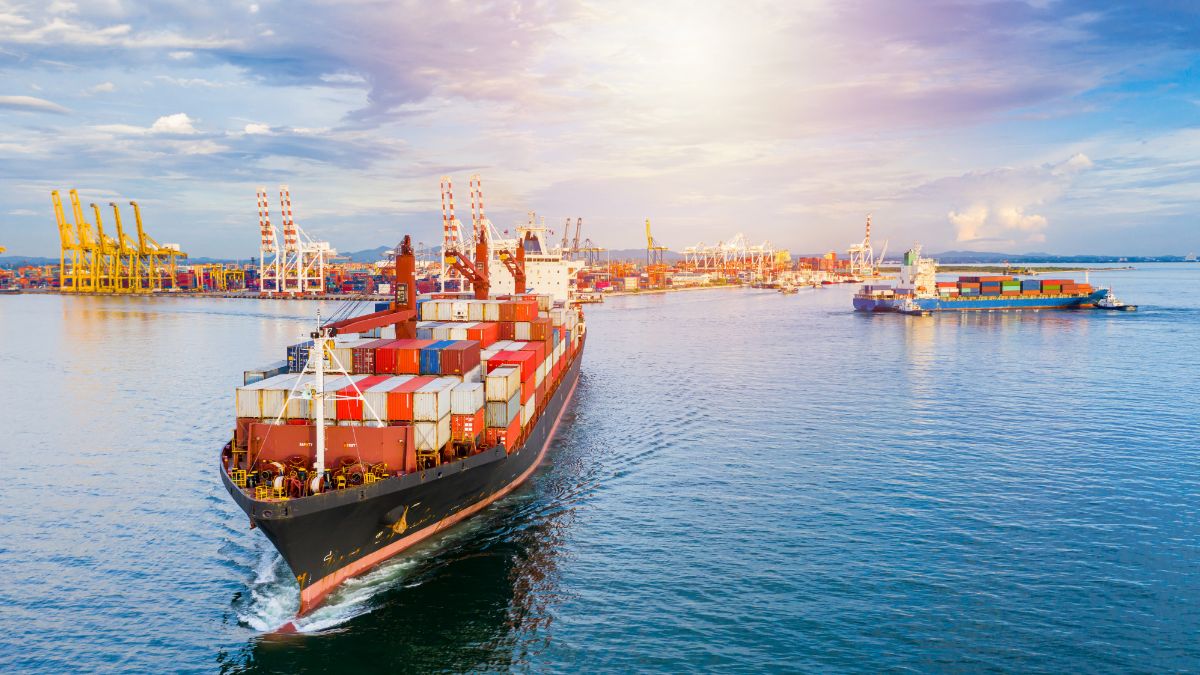Technology touches many aspects of human lives. It is also present in the enormous shipping sector, which has made huge investments to improve delivery efficiency.
According to research, the shipping industry is worth USD 6.41 billion and is still growing. Since most processes in shipping require accuracy and promptness, integrated technology is a huge boost to ease tracking, save time, increase load accommodation and even ease communication.
Whether you need a shipping container, delivery service, or just making a delivery follow-up, you will have a seamless process, thanks to tech integrations.
But what kind of technologies are helping shape the future of shipping?
This article explores the main tech innovations used in shipping and how they have enhanced the industry.
Read on.
Artificial Intelligence
Artificial intelligence is all about simulating human intelligence in machines to process data more quickly than humans can. The shipping industry has been investing in artificial intelligence to help solve hefty tasks and reduce errors, considering that more than 75% of sea accidents are caused by human error.
Here are a few areas in how artificial intelligence is shaping the shipping industry:
- Underwater application: Shipping industry utilizes Al to automate underwater applications, which are dangerous and strenuous.
- Safety: Smart navigation systems detect and prevent underwater collisions and improve shipping safety.
- Shipbuilding: Shipbuilding experts apply Al in ships’ inspection and maintenance process.
In 2022, the maritime industry was forecast to spend $931 million on artificial intelligence. The budget is expected to rise over the years, which means artificial intelligence will continue to be a core aspect of the shipping industry.
Sensor Technology
Sensor technology is one of the most developed technologies in the world. Sensors in the shipping industry are used to replace manual tasks regarding the management of ships.
Ideally, the sensors detect and respond to changes in the ships and send out real-time alerts to the company. The alerts could imply that a ship needs immediate repair or inspection to identify and solve a problem.
Sensor technology is also employed to detect and offer protection against cyber threats, terrorist attacks, and piracy. Sensors can be connected with artificial intelligence and machine learning to improve efficiency. Well-calibrated sensors should improve the overall ship efficiency and avoid many mistakes which would be costly.
Blockchain Technology
Shipment of goods by sea requires cooperation from multiple parties like the shipper, consignees, port and carriers, who all can be located in different parts of the world. Blockchain technology allows the transparent sharing of information among all parties involved in the transaction; hence it plays a huge role in the complex shipping industry.
In the last five years, the shipping industry has had major blockchain improvements, including the formation of CargoX, the first public blockchain bill of lading.
Blockchain advancements in shipping include the introduction of TradeLens Blockchain shipping solution, trade chain blockchain in Abu Dhabi ports and much more. If more shipping firms continue to invest in blockchain, this technology will help shape the shipping industry’s future globally.
Augmented Reality
Like any other smart technology, augmented reality can help improve shipping technology and simplify processes. It helps optimize cargo inspections, maintenance, navigations and even helps create awareness among people who are not conversant with the shipping processes.
Port 360 in Rotterdam is a great example of how this technology can educate people about shipping management and everything that happens.
Augmented reality can improve operations and productivity in the shipping industry. Its wide adoption could easily help shape the future of shipping while creating more awareness among people.
Use of Robotics
The shipping industry has been at the forefront of investing in robotics, thanks to their multiple benefits. The robots are used in difficult phases which could cause harm to humans.
One main area is cleaning the hull or the underside parts of shipping vessels, which easily become dirty. While cleaning is vital to maintain the ship’s original glow, the task is also dangerous and tiring. Robotics can effectively clean as human workers participate in other equally important tasks.
In addition to cleaning, robots are used in the industry for ship inspections. They assist in inspecting huge ships to identify corrosion, damages and other complications. Other robots are programmed for firefighting and help human firefighters quickly put fire off.
Robots lift heavy weights and aid in many other activities in the shipping industry.
Autonomous Ship Cargos
Autonomous shipping cargos have become popular options in the industry. Autonomous ships are crewless vessels that move cargo from one place to another, with little human interactions,
These vessels stay in the water with little or no captain input because they apply smart technologies. Real-time route information helps them to deliver cargo without much interference.
While autonomous ship cargo technology is still in its infancy stage, it has many benefits which are helping shape the future of shipping.
Final Remarks
Most technologies changing the shipping future are relatively new and less than a decade old. As more ports and shipping firms continue to embrace them, chances are the shipping industry will continue to be more efficient and transparent.

